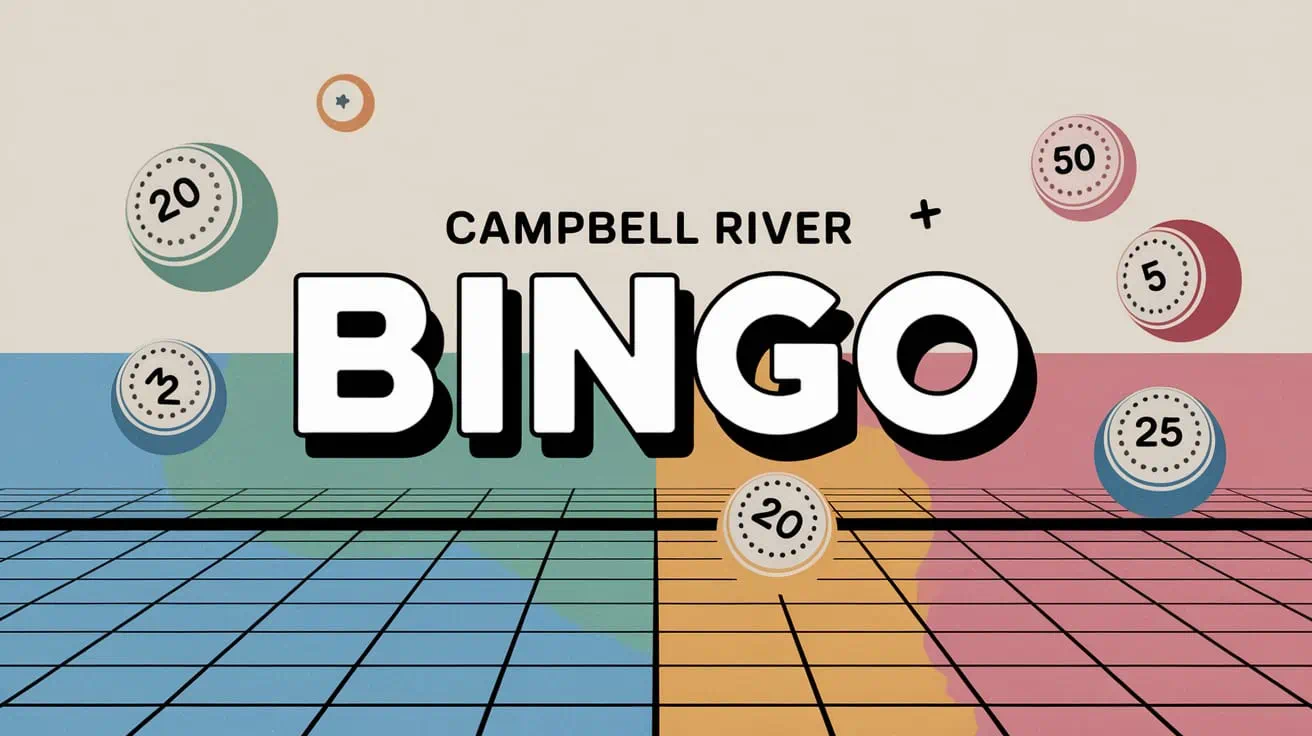Think of bingo, and you might picture a dusty church hall, the air thick with anticipation and the faint smell of weak coffee. Or maybe you think of a flashy online app, a quick digital hit of excitement on your morning commute. But this game, so often dismissed as simple, has a story that crisscrosses the globe. It’s a tale of chance, community, and surprisingly deep cultural roots. Let’s dive in.
From Italian aristocrats to French fashion: the unlikely origins
Bingo’s story doesn’t start in a hall at all. It begins in 16th-century Italy with a national lottery called “Lo Giuoco del Lotto D’Italia.” Honestly, it was a hit with the upper crust. From there, the game trickled into France in the late 1770s, where it was known as “Le Lotto” and became a favorite pastime among wealthy Frenchmen. The basic blueprint—a caller, numbered tiles, and cards with a grid—was already there.
But the game needed a spark. That spark came in the 1920s, courtesy of a traveling toy salesman named Edwin S. Lowe. He stumbled upon a version called “Beano” at a carnival in Georgia, USA, where players used beans to mark their cards. He saw its potential, brought it to New York, and the legend goes that a winner, in her excitement, accidentally yelled “Bingo!” instead of “Beano.” The name stuck. Lowe then hired a math professor to increase the number of card combinations, which, you know, made it commercially viable. And just like that, a craze was born.
Bingo as a social glue: the UK phenomenon
Nowhere is the cultural significance of bingo more evident than in the United Kingdom. After the Betting and Gaming Act of 1960 legalized commercial gaming, bingo halls exploded across the country. They weren’t just places to gamble; they were vital community hubs, especially for the working class and, in particular, for women.
For generations, bingo offered a rare, socially acceptable space for women to socialize outside the home. It was a weekly ritual—a chance to escape domestic chores, meet friends, and have a laugh. The caller’s unique slang, a kind of rhyming Cockney poetry (“two little ducks, 22,” “legs eleven, 11”), became a language of its own. That said, the traditional halls have faced decline. But the spirit of the game? It’s adapted.
The modern bingo revival: from halls to phones
Here’s the deal: bingo refused to die. It just got a digital makeover. The rise of online bingo communities has created a new generation of players. These aren’t your grandmother’s games—well, not exactly. They’re social, they’re fast, and they’re accessible 24/7. Apps and websites have replicated the chatroom banter that was so crucial to the hall experience. It’s a fascinating evolution, proving that the human need for connection is the game’s true engine.
A world of patterns: bingo across the globe
While the 75-ball (American) and 90-ball (British) versions are most common, different cultures have put their own spin on the game. This global variation in bingo games is a testament to its flexibility.
| Country | Variant Name | Key Characteristics |
| Mexico | Lotería | Uses vibrant images (like a mermaid or a skull) instead of numbers, each with a poetic rhyme. It’s a staple at family gatherings. |
| Japan | Tombola | Often played at festivals (matsuri) with prizes like toys or candy. It emphasizes fun and celebration over gambling. |
| India | Tambola / Housie | Hugely popular at social events and fundraisers. The patterns can be incredibly complex, adding a strategic layer. |
In Mexico, for instance, Lotería is more than a game; it’s a piece of folk art. The beautiful cards and the caller’s rhythmic chants turn each round into a cultural performance. It’s a sensory experience—a feast for the eyes and ears.
More than just a game: the hidden roles of bingo
Beyond entertainment, bingo has served some surprisingly serious purposes. For one, it’s been a powerhouse for fundraising. Churches, schools, and charities have relied on bingo nights for decades to fill their coffers. That community-building aspect is, frankly, immeasurable.
There’s also a cognitive benefit. Sure, it’s luck-based, but playing bingo requires sharp focus and quick processing. You have to listen, scan, and mark—fast. Studies have even suggested it can help maintain cognitive function in older adults. It’s a mental workout disguised as a game.
Why does it endure? The simple magic of chance and community
So what is it about this simple game that lets it transcend borders and generations? It boils down to two things. First, the thrill of chance. That moment before the next number is called is a tiny, universal suspense. Anyone can win. It’s a great equalizer.
Second, and more importantly, is the shared experience. Whether in a crowded hall or a buzzing online chat, bingo creates a temporary community. A collective groan when someone just misses a win, the shared laughter at the caller’s jokes, the erupting cheer for a stranger who shouts “House!”—it’s a ritual of togetherness.
In a world that’s increasingly digital and isolated, the humble game of bingo, in all its forms, continues to offer a very human connection. It’s a reminder that sometimes, the simplest patterns can hold the most meaning.





